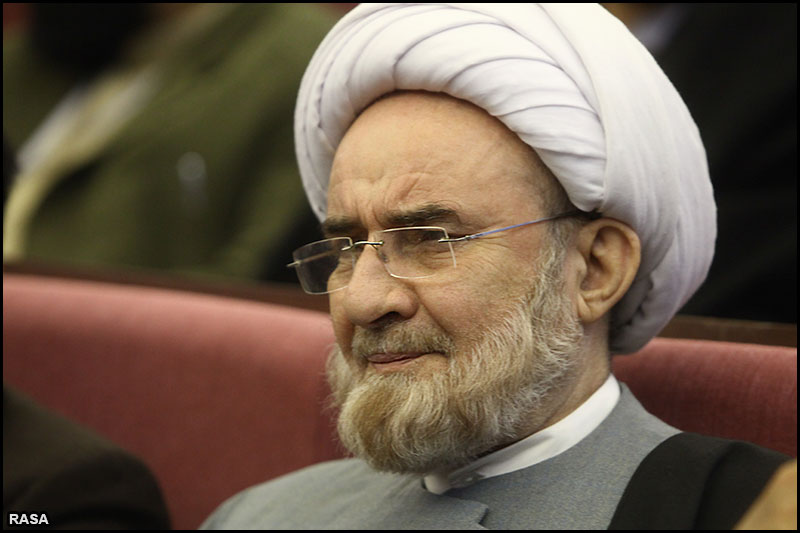
RNA – In an interview with Rasa News Agency, Hujjat al-Islam Ali al-Kourani, a Lebanese Shi’ah scholar and researcher, referred to the continuation of the movement of Imam al-Husayn despite the fact that 1,337 years have passed since he was martyred in the desert of Karbala and said, “The movement of Imam al-Husayn has many vital elements which are unparalleled in any other revolution or movement. That fact that a man gave his blood, property and honour for the Islamic and humanitarian values and aims of freedom, self-determination and religion isn’t comprehensible for many. Imam al-Husayn made this sacrifice to expose the tyrants of his time.”
Referring to the theorizing of the Ashura movement by the social elites and the people, he added, “The theorizing of the Ashura movement since the beginning of this movement to the present day has been among the people and different groups but its extraction and elaboration have been carried out by the scholars, just as the science of logic exists among people, but Aristotle made it into a science. Theorizing the movement of Imam al-Husayn means providing an accurate analysis of this uprising and this is attributed to the religious scholars.”
In another part of their speech, Hujjat al-Islam Kourani said that some people criticize the symbols of Ashura and noted that these criticisms were due to religious reasons and said, “The only science that expresses the right to comment on the Husayni rituals is jurisprudence. Therefore, the issue returns to holy Islamic law. Some of the rituals are based on the customs and tastes of the people. Therefore, the Husayni rituals have a jurisprudential dimension and a cultural and emotional dimension.”
“The customs and tastes of the people have great importance in matters of ritual. An example of this is the carpet tableaus made regarding the tragedy of Karbala and one of the masterpieces of this form are created by Mahmoud Farshchian. Therefore, the customs and tastes of the people should also be considered in the issue of the Husayni rituals,” he added.
His Eminence emphasized on the necessity of promoting religious culture and strengthening religious sentiments and emotions among the people and explained, “Some of the rituals only address a particular group, while some of the other rituals address the whole world. The movement of Imam al-Husayn and the rituals of Ashura address all the people of the world. Therefore, we should be proud of our rich culture and religious richness in opposition to Western traditions.”
The researcher and teacher in the Islamic Seminary described the lovers of Imam al-Husayn as the “beating hearts” of the culture of Ashura and expressed the importance of informing the lovers of Imam al-Husayn of the epistemic style and model of Imam al-Husayn and stated, “The lovers of Imam al-Husayn can find knowledge of the different dimensions of the culture of Ashura through cultural rationality. The Arba’in walk, which is a great million-man movement, is a prime example of cultural rationality. If this great incident occurred in any other country, there would be a need for various security, political and other forms of coordination.
“In regard to the Arba’in walk to Karbala, where there could easily be a incident which affects millions of people, a great analysis, examination, discussion and research is required,” he said.
In conclusion, Hujjat al-Islam al-Kourani stated, “Today, we need to engage in serious research on this great and popular movement and to turn the people toward Imam al-Husayn so that we can raise awareness and knowledge about the Husayn culture among the people and equip the elites of society with the weapons of vigilance and insight.”
Arb’ain is a Shi’ah Muslim religious observance that occurs forty days after the Day of Ashura. It commemorates the martyrdom of Husayn ibn Ali, the grandson of Muhammad, who was killed on the 10th day of the month of Muharram.
Imam Husayn ibn Ali and 72 companions were killed by the tyrannical caliph Yazid I’s army in the Battle of Karbala in 61 AH (680 CE).